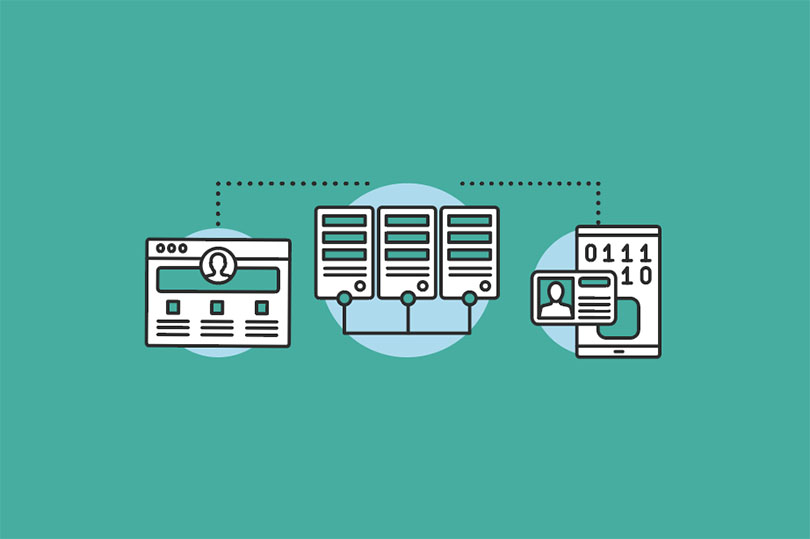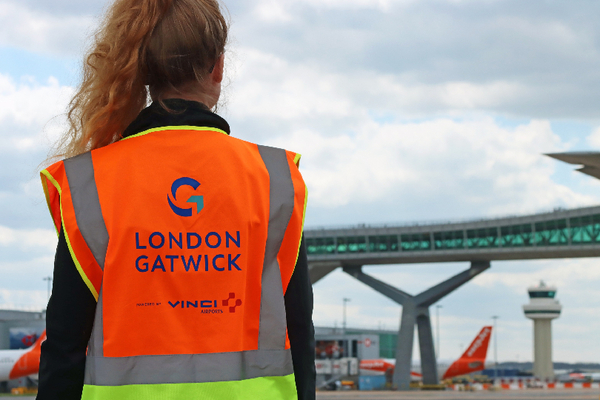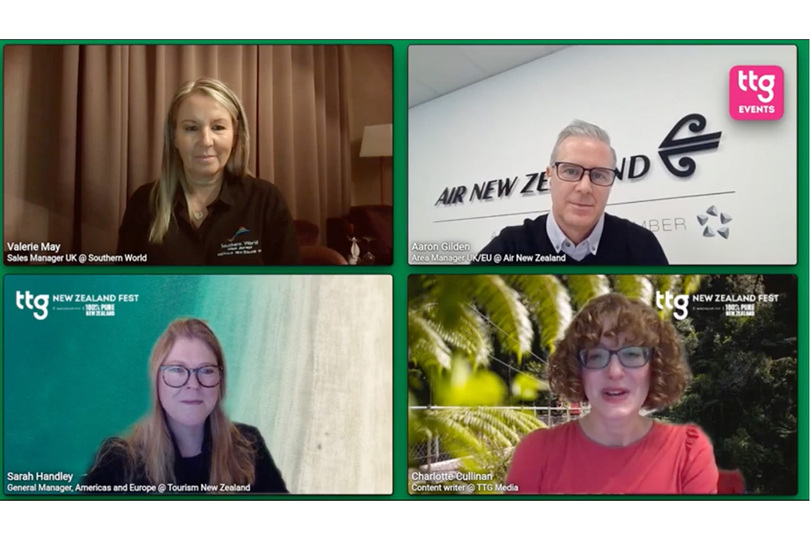How customer data platforms can help agents market and sell more effectively
Customer data platforms (CDPs) allow travel firms to create a unified client database for a personalised experience. Gemma Robaczynski, head of EMEA at CDP Twilio Segment, answers our questions
Why are CDPs useful in travel marketing?
A strong, data-driven understanding of the customer is essential for any successful marketing strategy. Today, consumers interact with travel companies across hundreds of digital touchpoints – a single holiday booking might take a customer from app to website, email enquiry to customer helpline. Each interaction generates data that can be combined to build a rich understanding of the customer, their preferences and their relationship with the brand, but you need the right technology to do it.
At the same time, customers increasingly expect hyper-personalised experiences. They want travel companies to recommend destinations based on their personal taste, and accommodation based on details that matter to them – such as whether the hotel accepts late check-outs, for example.
A CDP makes both of these things possible. It provides a single view of the customer by centralising, cleaning and consolidating all the data that a business collects from its various customer touchpoints. From here, brands can activate their customer data through whichever analytics, product development and marketing tools they choose to deliver an exceptional, personalised customer experience.
How can travel companies use CDP technology to connect with customers and make sales?
At such a crucial moment for the travel industry, the power of a strong technology stack cannot be understated. Getting the right data and tools in place opens up a world of opportunity when it comes to connecting with customers – whether that be analytics tools that allow you to anticipate their needs, or messaging tools that enable you to deliver unique, personalised experiences that make them feel appreciated. It’s these bespoke interactions that will ultimately build customer loyalty and power future sales.
We conducted a recent study that found that 60% of UK consumers are likely to become repeat buyers after a personalised experience, so the investment in personalisation is easy to justify.
With the underpinning of a good CDP, travel companies can assemble a flexible combination of tech tools on top of it to serve their individual goals.
If they want to power personalised marketing, for example, they could choose a combination of analytics, marketing automation and advertising tools that can combine to deliver impressive data-driven campaigns. The key is to opt for a CDP that doesn’t lock you into a specific set of tools, and that enables you to choose from the many independent integrations available.
Can you give an example of a travel company that is using a CDP successfully?
TravelPerk, the London- and Barcelona-based business travel management platform, has been using Twilio Segment’s CDP to unify data across the company for several years.
As the business expanded, TravelPerk’s teams struggled to keep up with their growing customer base, overwhelmed by the volume of data. By adopting a CDP, TravelPerk seamlessly integrated its data touchpoints, making its customer data more accessible, understandable and actionable for all.
The finance team was able to automate its cost-of-goods-sold (COGS) analysis instead of using manual Excel spreadsheets, while the customer service team was able to pool information about clients and resolve issues more efficiently.
The marketing team saw a complete view of the customer journey for the first time, providing valuable insights that have boosted conversion rates.
The product team, meanwhile, was finally able to analyse data across every vertical – flights, trains and hotels – and closely monitor the user experience to inform improvements to the product.















